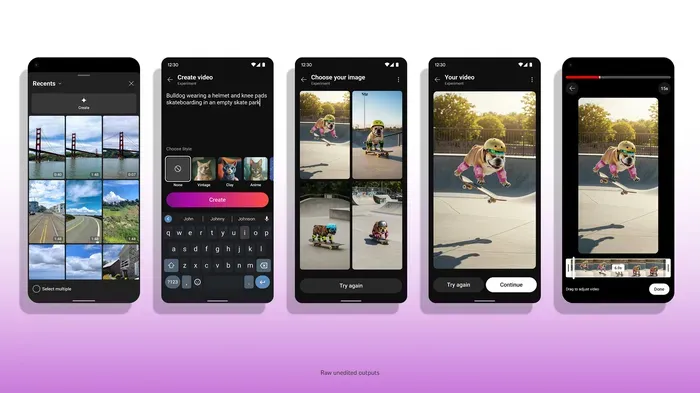HubSpot’s August releases include new ways to find the information you need on CRM records, collaborate in CMS tools and dashboards, compare date ranges in custom reporting, reduce unwanted contacts and schedule workflow actions on exact dates.
CRM records improvements
The CRM records received a variety of updates in functionality useful for managers to quickly find the information they need.
- The Activity timeline has a new tab called Overview, where you can quickly see important information. You can conditionally configure the cards and tables to show only the most relevant information, and create custom cards for the middle pane and sidebar to show any additional information you need to track often.
- You can manage your CRM developer’s work in one place, inside of the new CRM development menu included with the new CRM card beta.
- You can now display different properties on deal cards in each sales pipeline board. At a glance, you can see the information most relevant for advancing the deal, such as showing different properties for each product’s pipeline.
- Linking to specific activities in the CRM records, to better communicate exactly what you are referring to, has been added. This functionality could be used in HubSpot tools where new commenting isn’t available. You can also add links to HubSpot activity such as logged emails or Notes to documentation in other software.
- Managers can now create manager-only views and limit what information their teams see with the “no viewing access” permission feature.
The commenting mode and sidebar features, recently introduced in the email editor and other Marketing Hub tools, have expanded into CMS website tools and reporting dashboards.
This feature will enable you and your team to clearly communicate questions and efficiently address quality control issues, instead of sending someone a link to the entire dashboard or CMS screen.
These two tools are specifically important to managers because work in the CMS is eventually public-facing, affecting customer experience and becoming visible to your leadership and board for potential negative feedback when a mistake happens. The CMS tools now have a comment sidebar but do not yet have the new “comment mode” which allows communication attached to specific modules in the tool.
Similarly, dashboards are often created for leadership, so this improvement in collaboration can ensure the reporting is illustrating the story you want to tell. Leaders can then ask questions directly on the dashboards asynchronously instead of waiting to pepper you with questions during a real-time meeting, which can reduce meeting time and stress. You can comment on any type of module in a dashboard, including the video and text boxes you might use to further tell the story with your dashboard data.
This article shows you all the tools with commenting collaboration features, depending on your subscription level.
Get MarTech! Daily. Free. In your inbox.
Compare date ranges in the custom report builder
With the new “date part” feature in the custom report builder, you can now compare time periods in the XY reports and KPI reports. Use this to compare performance and spot trends better.
This release lets you see performance by day of the week, day of the month, day of the year or other granular time periods. It could answer questions such as “Which day of the week do more customers engage with our emails?” and optimize future performance based on the answers you find.
Two new workflow actions are useful for compliance, reducing unwanted contacts and ensuring actions happen at the right time: delay until a specific date and delete contacts.
You can now set the delay for a workflow to a specific date, which would be useful for the launch of a campaign or other workflow full of tasks and actions to be set at a specific date instead of a varying number of days from now. This eliminates the potential for human error in calculating delays and makes certain delays easier to configure when they don’t have to be based on a previous event occurrence date.
You can also delete contacts with workflows, which keeps your database clean and relevant while reducing manual work. If you are using Marketing Contacts, this release ensures you don’t go over your contact limit (which would result in a larger subscription bill). This also helps your company stay in compliance with privacy laws and eliminate free email domain addresses from your database. Be cautious if you enroll in this public beta. Contacts can be restored, but it can be a time-consuming effort to undo a mistake.
Opinions expressed in this article are those of the guest author and not necessarily MarTech. Staff authors are listed here.























































![Assessing the Winners of the Super Bowl Ad Blitz [Infographic] Assessing the Winners of the Super Bowl Ad Blitz [Infographic]](https://imgproxy.divecdn.com/kzzGkWf5O2q5NPX8no-8ErGd5bFiXZjPZlEp8PIZVsw/g:ce/rs:fit:770:435/Z3M6Ly9kaXZlc2l0ZS1zdG9yYWdlL2RpdmVpbWFnZS9zZW1ydXNoX3N1cGVyX2Jvd2xfMjAyNTIucG5n.webp)


















